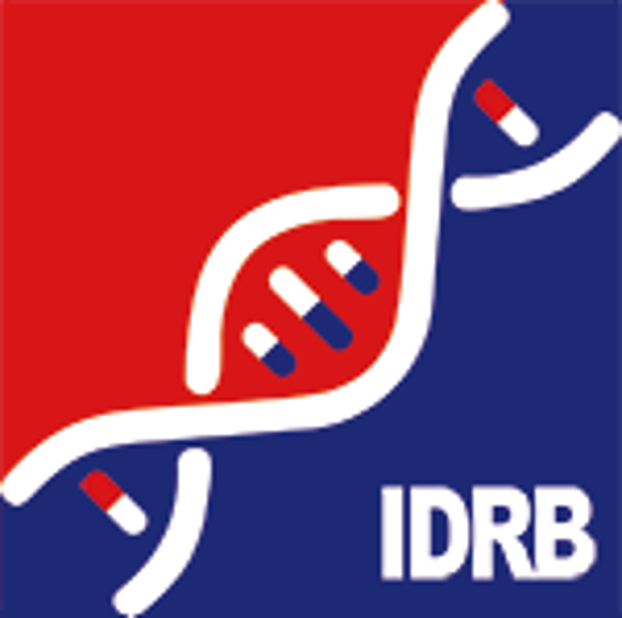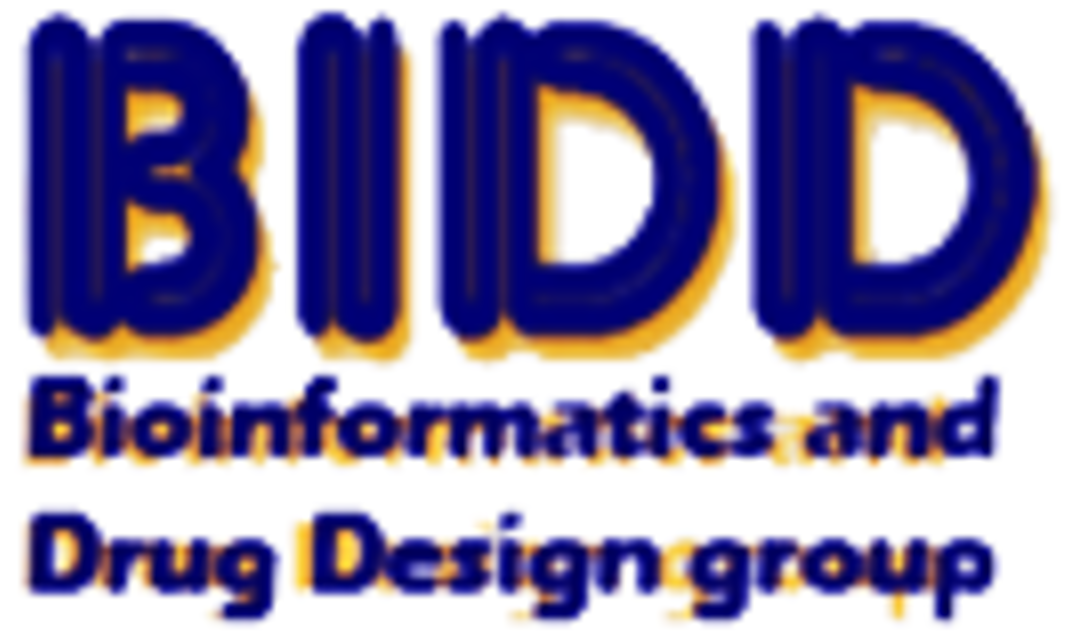| References |
Top |
| REF 1 |
Identification of the degradation determinants of insulin receptor substrate 1 for signaling cullin-RING E3 ubiquitin ligase 7-mediated ubiquitination. J Biol Chem. 2012 Nov 23;287(48):40758-66.
|
| REF 2 |
CUL7: A DOC domain-containing cullin selectively binds Skp1.Fbx29 to form an SCF-like complex. Proc Natl Acad Sci U S A. 2002 Dec 24;99(26):16601-6.
|
| REF 3 |
Identification of mutations in CUL7 in 3-M syndrome. Nat Genet. 2005 Oct;37(10):1119-24.
|
| REF 4 |
Cytoplasmic localized ubiquitin ligase cullin 7 binds to p53 and promotes cell growth by antagonizing p53 function. Oncogene. 2006 Aug 3;25(33):4534-48.
|
| REF 5 |
Ankyrin repeats of ANKRA2 recognize a PxLPxL motif on the 3M syndrome protein CCDC8. Structure. 2015 Apr 7;23(4):700-12.
|
| REF 6 |
Identifying biological pathways that underlie primordial short stature using network analysis. J Mol Endocrinol. 2014 Jun;52(3):333-44.
|
| REF 7 |
CRL7SMU1 E3 ligase complex-driven H2B ubiquitylation functions in sister chromatid cohesion by regulating SMC1 expression. J Cell Sci. 2018 Apr 26;131(8). pii: jcs213868.
|
| REF 8 |
Expression of a mutant p193/CUL7 molecule confers resistance to MG132- and etoposide-induced apoptosis independent of p53 or Parc binding. Biochim Biophys Acta. 2007 Mar;1773(3):358-66.
|
| REF 9 |
PARC and CUL7 form atypical cullin RING ligase complexes. Cancer Res. 2007 Mar 1;67(5):2006-14.
|
| REF 10 |
CUL7 is a novel antiapoptotic oncogene. Cancer Res. 2007 Oct 15;67(20):9616-22.
|
| REF 11 |
A novel p53-binding domain in CUL7. Biochem Biophys Res Commun. 2006 Sep 15;348(1):132-8.
|
| REF 12 |
The conserved CPH domains of Cul7 and PARC are protein-protein interaction modules that bind the tetramerization domain of p53. J Biol Chem. 2007 Apr 13;282(15):11300-7.
|
| REF 13 |
Disruption of the Fbxw8 gene results in pre- and postnatal growth retardation in mice. Mol Cell Biol. 2008 Jan;28(2):743-51.
|
| REF 14 |
The CUL7 E3 ubiquitin ligase targets insulin receptor substrate 1 for ubiquitin-dependent degradation. Mol Cell. 2008 May 23;30(4):403-14.
|

